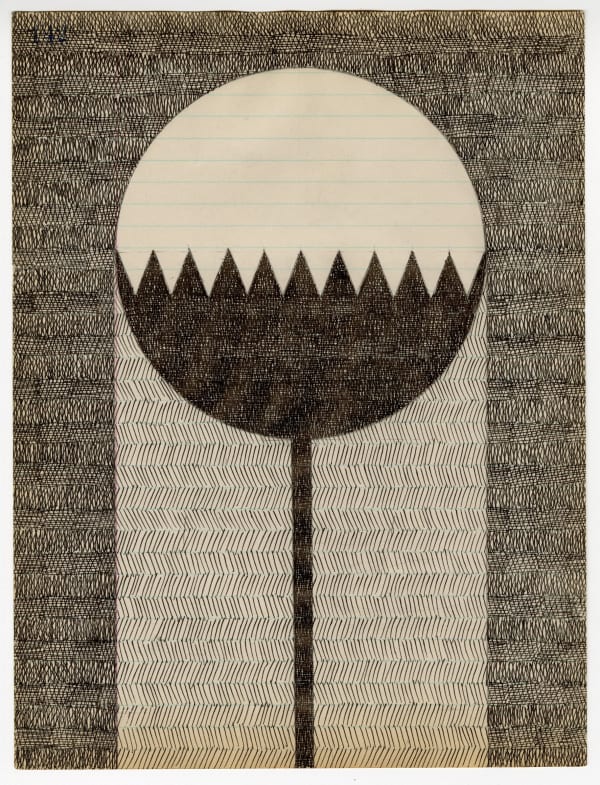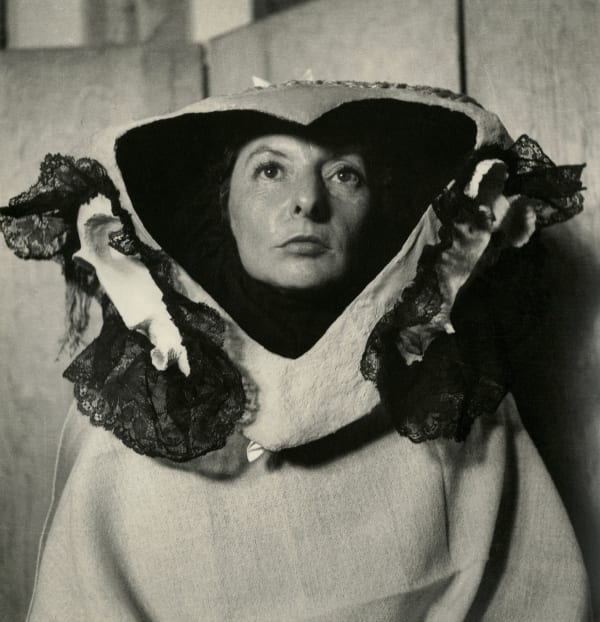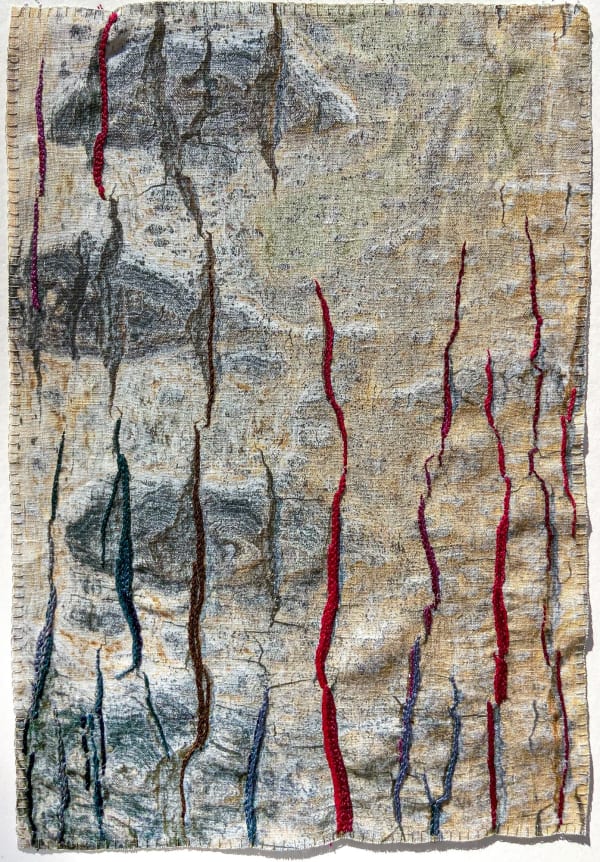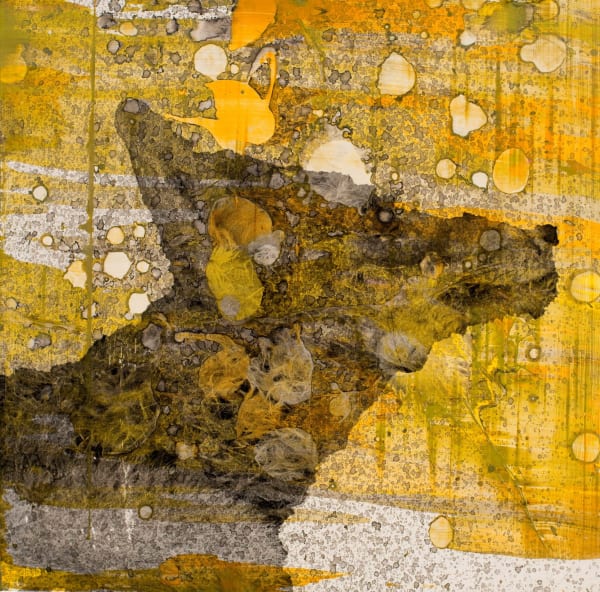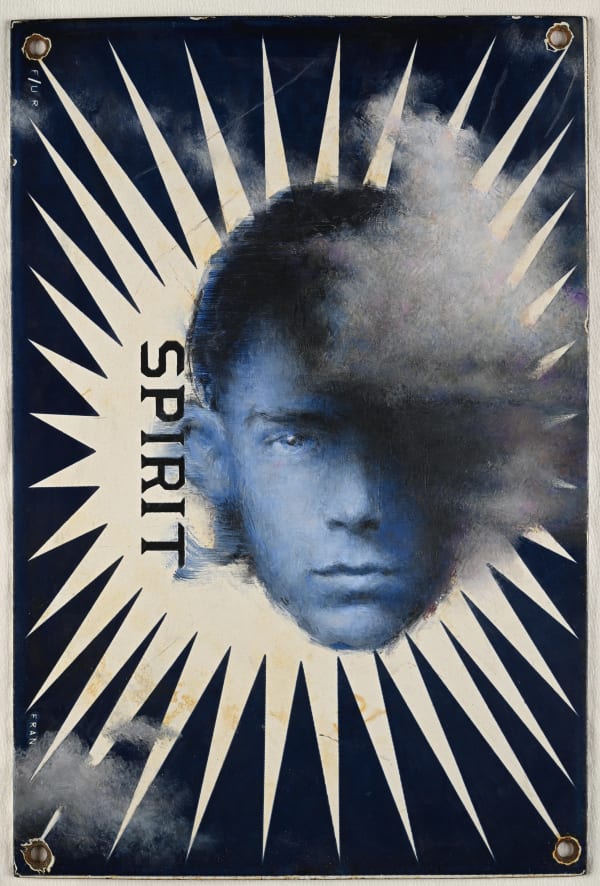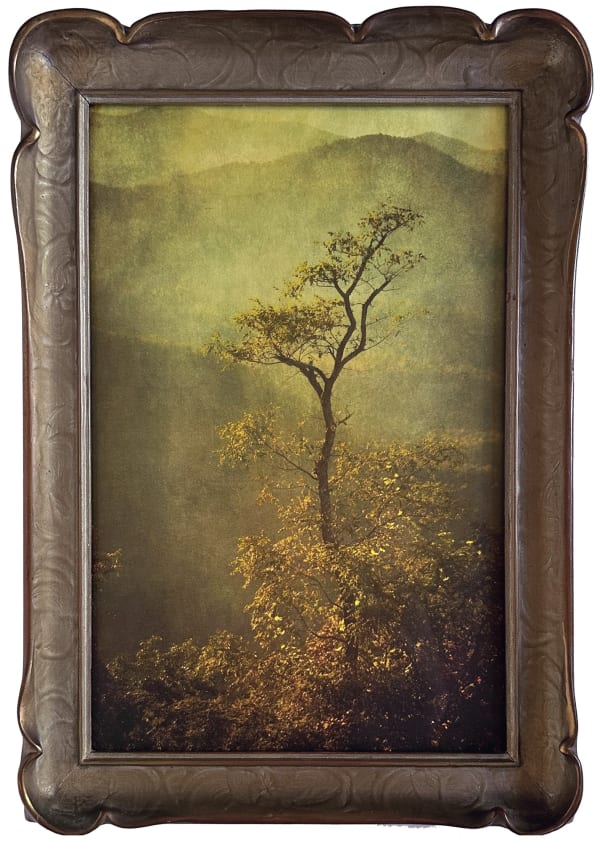-

(Miscellaneous)
-

Ansel Adams
-

David Emitt Adams
-

Alanna Airitam
-

Diane Arbus
-

Jeremiah Armenta
-

Jack Balas
-

Roger Ballen
-

Michael P. Berman
-

Louis Carlos Bernal
-

Debra Bloomfield
-

Karl Blossfeldt
-

Manuel Álvarez Bravo
-

Kate Breakey
-

Alice Leora Briggs
-

Zana Briski
-

Kitty Brophy
-

Dan Budnik - Picturing Artists (1950s - 1960s), 40 Dye Transfer Prints, Artist Proof Set
-

Dan Budnik
-

Andy Burgess
-

Christopher Burkett
-

Susan Burnstine
-

Harry Callahan
-

Paul Caponigro
-

Alejandro Cartagena
-

Keith Carter
-

Titus Castanza
-

Albert Chamillard
-

Marcus Xavier Chormicle
-

Larry Clark
-

Robert D. Cocke
-

Christopher Colville
-

Pete Connolly
-

Judy Dater
-

Bruce Davidson
-

Turner G. Davis
-

George Dureau
-

Jay Dusard
-

Allen A. Dutton
-

Jack Dykinga
-

Lisa Elmaleh
-

Elliott Erwitt
-

Robbert Flick
-

Jody Forster
-

Robert Frank
-

Lee Friedlander
-

Flor Garduño
-

Ralph Gibson
-

Lawrence Gipe
-

Frank Gohlke
-

Emmet Gowin
-

David Graham
-

Caleb Gutierrez
-

Palmira Miro Gutierrez
-

Paul Hart
-

Kati Horna
-

Graciela Iturbide
-

Adam Jahiel
-

Samuel James
-

Luis Jiménez
-

Benjamin M. Johnson
-

Nika Kaiser
-

Yousuf Karsh
-

Chuck Kelton
-

Yevgeny Khaldei
-

Tom Kiefer
-

Mark Klett
-

Mayme Kratz
-

Laurie Lambrecht
-

Clarence John Laughlin
-

Jason Lee
-

Herman Leonard
-

O. Winston Link
-

Puspa Lohmeyer
-

Danny Lyon
-

Alejandro Macias
-

Matt Magee
-

Yamamoto Masao
-

Steve McCurry
-

Ellen McMahon
-

Douglas Miles
-

Richard Misrach
-

Tina Modotti
-

Wright Morris
-

Rodrigo Moya
-

Michael Mulno
-

Eadweard Muybridge
-

Saint No
-

Michael O'Neill
-

Bill Owens
-

Holly Roberts
-

Chris Rush
-

Pentti Sammallahti
-

Wendi Schneider
-

Ken Shorr
-

Aaron Siskind
-

W. Eugene Smith
-

Frederick Sommer
-

Louis Stettner
-

Jamey Stillings
-

Jerry Uelsmann
-

Tabitha Vevers
-

Jim Waid
-

Todd Walker
-

Claire A. Warden
-

Alex Webb
-

Rebecca Norris Webb
-

Brett Weston
-

Edward Weston
-

Garry Winogrand
-

Contact Sheets: Joel-Peter Witkin
-

Joel-Peter Witkin
-

Max Yavno
-

Bunny Yeager
-

Ryan Zoghlin



























